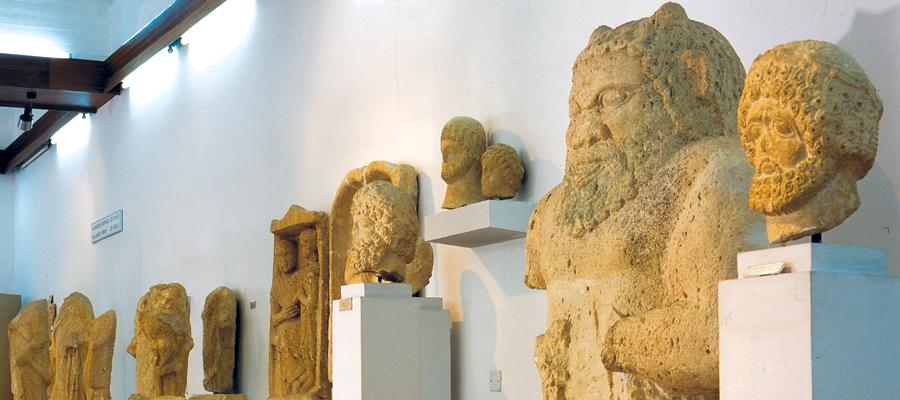On Thursday 10 April, the Limassol Municipality announced its intention to build a new building for the Archaeological Museum in the Municipal Park. The municipality plans to turn it into a real cultural cluster in the heart of the city.
According to the plan, the new building will be connected to the current one by an elevated bridge crossing Anastasi Sioukri Street. The current museum, despite its outdated infrastructure, will not be abandoned - it will be completely modernised and integrated into the renewed architectural ensemble.
In addition, the municipality plans to transform the Greening Service car park into an open city square - a modern public space that will become a point of attraction for both residents and tourists.
These ambitious plans were presented by Limassol Mayor Yiannis Armeftis during a working meeting in Nicosia with Cyprus Minister of Transport, Communications and Public Works Alexis Vafiadis, Head of the Ministry of Culture Vasiliki Kassianidou and Director of the Department of Antiquities Yiorgos Georgiou. According to the Mayor, the meeting was of a familiarisation nature, but received a positive response from all participants. The final decision on the implementation of the project will be taken personally by the President of Cyprus, Nicos Christodoulidis.It should be noted that the municipality had previously considered other options for the expansion of the Archaeological Museum of Limassol. These included: extensive reconstruction and construction of an additional underground level and two upper floors, a complete relocation of the expositions closer to the ancient city of Amathus, the creation of a new unique museum in the sea area near the coast.
If the museum project is approved, it will not only change the cultural map of the city, but will also become another architectural landmark of Cyprus, combining antiquity and modernity in a single space.

Remember that the Archaeological Museum is currently located in the city centre.
The building is small and can hardly accommodate the vast collection of exhibits. The museum houses antiquities that illustrate the development of civilisation on the island from the ninth millennium BC to the end of the Roman period. The finds are the result of systematic excavations carried out by the Cyprus Department of Antiquities and foreign archaeological missions.
The exhibits are housed in three rooms and are divided into three main categories. The first room contains ceramics from different historical periods, the middle room contains coins, jewellery, lamps and various copper tools and objects, while the third room contains sculptures, tombstones, capitals, inscriptions and other marble and limestone artefacts.
